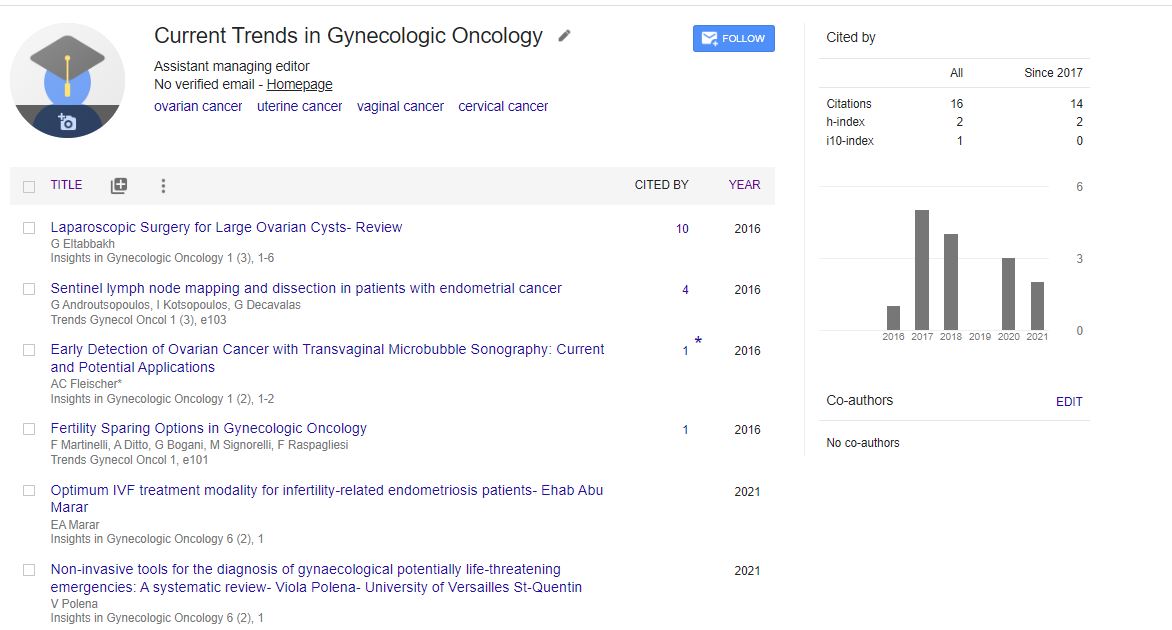To assess birth outcome and prevalence of postpartum morbidity among women- Tatek Abate Zewdie- Ethiopian Midwives Association
*Corresponding Author:
Copyright: © 2021 . This is an open-access article distributed under the terms of the Creative Commons Attribution License, which permits unrestricted use, distribution, and reproduction in any medium, provided the original author and source are credited.
Abstract
Introduction: In Ethiopia, an estimated 676 maternal deaths occur for every 100,000 live births. The major causes of mortality and morbidity are direct obstetric causes; they mainly occur from the third trimester of pregnancy to the first week following delivery. This study elucidates the type, magnitude and associated factors of postpartum morbidity conditions among pregnant women who gave birth at the health institutions and is essential to understand the health care need for obstetric emergencies, postpartum conditions and to prepare health organizations to better monitoring and evaluation of safe motherhood programs. Objective: To assess birth outcome and prevalence of postpartum morbidity among women attending antenatal care and gave birth at health institutions in Gondar town. Methods: We have conducted a four-month follow up study among 203 randomly selected pregnant women from five health institutions in Gondar town. Data were collected between March 1, 2010 and June 30, 2010 through interviews and physical examinations at four follow up visits: antenatal care, labor and delivery, 12th and 42nd postpartum days. We have used Epi Info 2002 for data entry and SPSS for data analysis. Results: A total of 203 (89.04%) pregnant women completed the four follow up visits and were included in the analysis. Postpartum morbidity conditions were found among 48 (23.6%) mothers, of whom 12 (5.9%) mothers had suffered two or more morbidity conditions. Overall, morbidity from postpartum hemorrhage had the highest prevalence 30 (14.8%) followed by sepsis and anemia. Intra-partum deviations were the main contributing factors to the postpartum morbidity conditions (AOR=4.148, P=0.027). There were 5(2.5%) still births and 38(18.7%) low birth weights. Conclusion and recommendation: The occurrence of postpartum morbidity, low birth and still birth among pregnant women attending & giving birth at health institution in Gondar town was significant health concern. Intrapartum abnormalities were the main predictive factors triggering maternal morbidity conditions. The time from birth to the first 6 hrs of purperum was the peak time to postpartom hemorrhage. Therefore, interventions such as universal use of the partograpgh, active third stage management and encouraging all delivering women to stay in the health institution during the first 24 hours of delivery could play a key role in reducing postpartum morbidity.

 Spanish
Spanish  Chinese
Chinese  Russian
Russian  German
German  French
French  Japanese
Japanese  Portuguese
Portuguese  Hindi
Hindi 